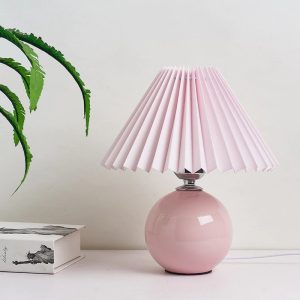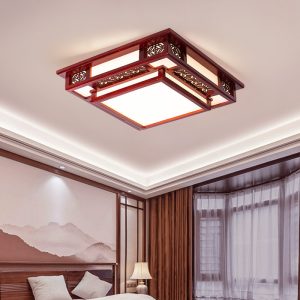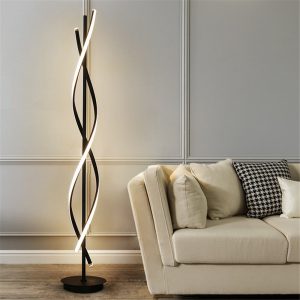Introduction
When we visit an art museum, have you ever wondered why some paintings are seemingly more captivating than others? One factor that may contribute to this difference is the lighting above the artwork. Lights can have a tremendous impact on how we perceive, appreciate and understand art. In fact, the use of light in art galleries and museums is a science and a work of art in itself. In this article, we will discuss the role of lights above paintings and their fascinating effects.
The Purpose of Lights Above Paintings
One of the primary goals of lights above paintings is to create a balanced illumination for each artwork. A balanced illumination means that each painting is lit evenly without any part of the painting being too bright or too dark. This allows viewers to see the painting more clearly and in full detail.
Another goal of lights above paintings is to highlight the painting’s features and bring out its best qualities. A well-lit artwork will reveal its colors, texture, and brushstrokes accurately. This can make a significant difference in how a painting is perceived and can add to our appreciation of the artist’s skill and technique.
The Types of Lights Used
There are many types of lights used in art galleries and museums, each with its unique properties and effects. The most common types of lights include:
Halogen Lights
Halogen lights are often used in galleries and museums because they emit a bright and warm light. They can highlight the texture and color of the artwork effectively. However, they also emit a lot of heat, which can be damaging to sensitive and fragile artwork.
LED Lights
LED lights are becoming more popular in art galleries and museums due to their energy efficiency and low heat emission. They have a long life span and are cost-effective. However, they emit a cooler light than halogen lights and may not capture the colors and texture of the painting accurately.
Fluorescent Lights
Fluorescent lights are often used in larger galleries and museums as they are affordable and emit a bright and even light. However, they can create a cold ambiance and can distort the colors and texture of the painting.
The Placement of Lights
The placement of lights above paintings is crucial in creating a balanced and harmonious illumination. The lights need to be oriented at an angle that reduces reflections and glare, and ensures that the entire painting is lit evenly.
One common method used in galleries and museums is the “two-point” lighting technique. This method involves placing two lights on either side of the painting, at an angle of approximately 30 degrees. This creates an even illumination that highlights the painting’s features while minimizing any glare and hotspots.
The Effects of Lights Above Paintings
The use of lights above paintings can create a range of fascinating effects. For example, by altering the color temperature of the light, the mood of the painting can change dramatically. Warm lighting can create a cozy and intimate atmosphere, while cool lighting can create a more clinical and modern ambiance.
The use of lighting can also create depth in the painting by casting shadows and emphasizing different aspects of the artwork. This can add to our understanding and appreciation of the painting’s composition and technique.
Conclusion
The use of lights above paintings is truly a science and work of art in itself. The lighting’s placement, type, and color all contribute to how we perceive and appreciate the painting. By creating balanced and harmonious illuminations, the lighting above paintings can bring out the best qualities of the artwork and create an enriched visiting experience.





More Stories
The Elegance of Spiral Staircase Chandeliers: A Perfect Blend of Form and Function
The Elegance of Sconce Hallways: Illuminating Your Passages with Style
Illuminate Your Space with Adjustable Wall Lights in the UK